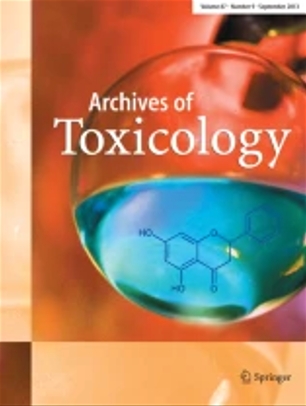Prioritisation of co-formulants and plant protection products for non-dietary risk assessment using NAMs
Abstract
Plant protection products (PPPs) contain one or more active substances (AS) as well as a varying number of co-formulants. Whilst AS are amongst the most data-rich and well-investigated substances in toxicology, possibly toxic co-formulants and PPPs with potentially relevant mixture effects are not considered in risk assessment. This especially applies to operators who come in contact with the undiluted product. In this study, we investigated this concern by prioritising co-formulants and PPPs for further testing using new approach methodologies (NAMs). We combined in silico predictions of co-formulant nephrotoxicity and hepatotoxicity with AS and co-formulant kinetic interaction prediction and thus identified 427 PPPs for further investigation. In a next step, six PPPs were there assessed for their comparative AS and PPP toxicity in liver cells. One product displayed more than additive effects and was thus tested for in silico predicted kinetic interactions. Whilst permeability glycoprotein (P-gp) interaction could not be confirmed, the observed effect may likely be attributed to CYP2C19 interaction. In summary, the findings highlight that the use of in silico tools as a screening step is useful to limit the number of PPPs for further testing. Subsequent in vitro testing of a limited number of PPPs supported the application of the additivity concept and highlighted that prioritised co-formulants contribute additively. We propose the integration of such co-formulants into the Hazard Index (HI) approach currently applied in active substance combined risk assessment.

 求助内容:
求助内容: 应助结果提醒方式:
应助结果提醒方式:


